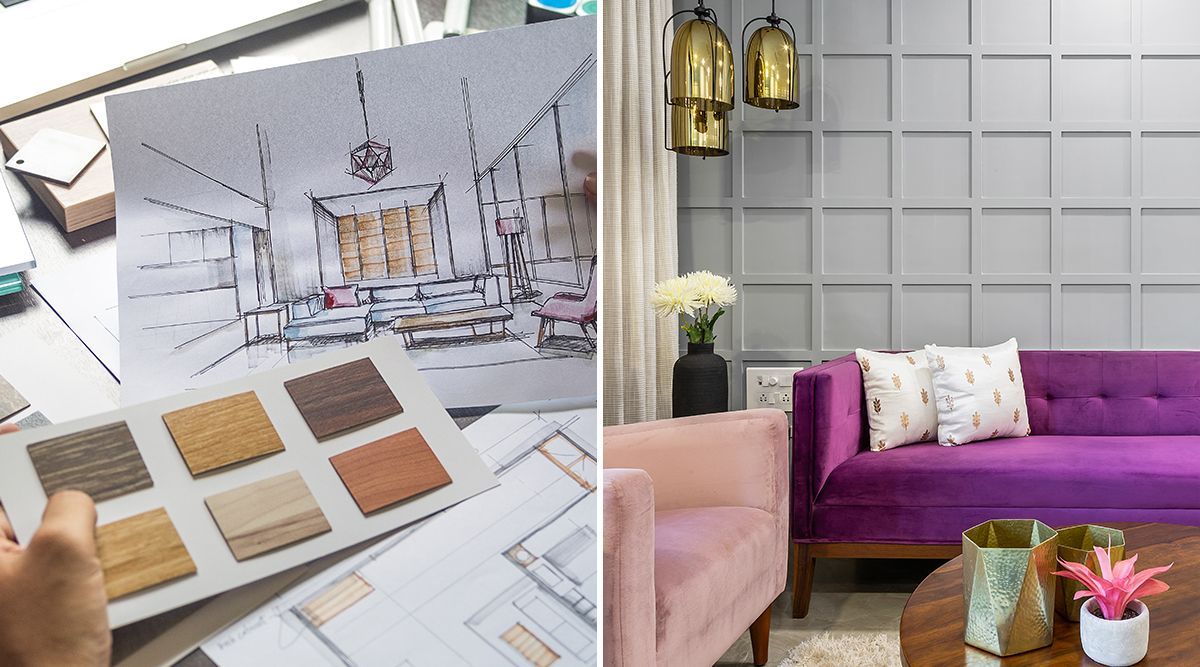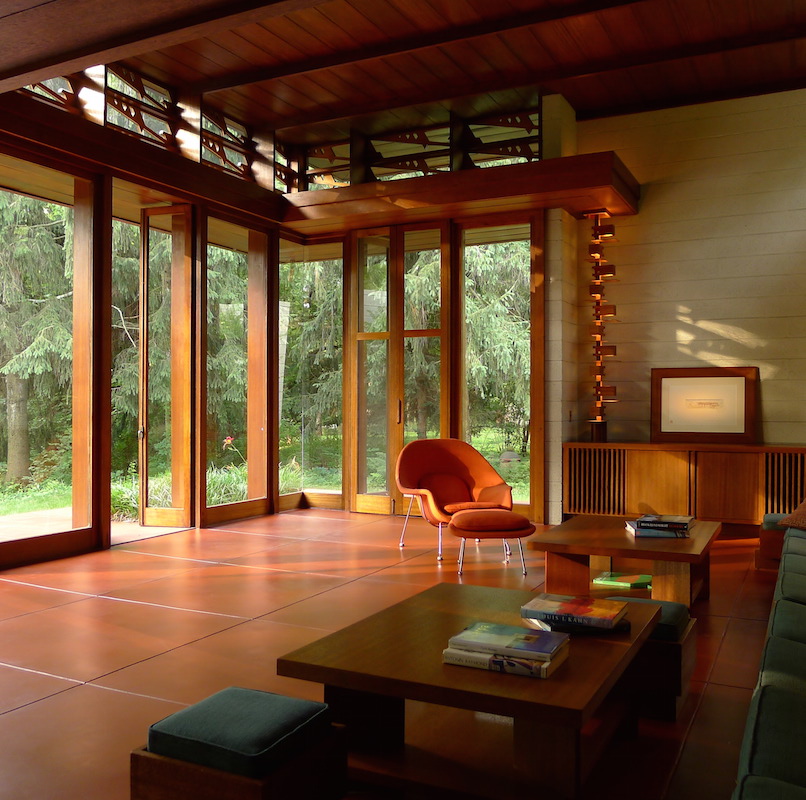Expert Country Interior Design for a Peaceful Escape
Wiki Article
Taking Full Advantage Of Visual Charm: The Harmony Between Interior Design and Home Architect Strategies
Comprehending the subtle interaction in between interior decoration and home architecture can dramatically raise the visual allure of a home. This marriage of design self-controls involves a thoughtful assimilation of architectural aspects with interior designs, and a skilled application of principles such as contrast, rhythm, and balance. As we discover this synergy, we will uncover means to develop visually striking and functional settings that not only show personal design, yet also adapt to the vibrant demands of modern living.Understanding the Essentials: Defining Interior Design and Home Architecture
Interior decoration and home design, frequently linked, represent the aesthetic and structural facets of our living areas. Interior Design is a diverse self-control that involves producing functional, secure, and cosmetically pleasing rooms inside a building. It includes aspects such as furnishings plan, shade control, and accessory selection. On the other hand, home style primarily concentrates on the solid framework of a building. It includes creating a functional and cosmetically pleasing framework that stands the test of time. It encompasses elements such as room construction, sustainability, and preparation. Both fields require a deep understanding of human actions, society, and psychology. Each plays a vital function fit our living settings, adding to our general convenience, efficiency, and wellness.The Harmony Described: How Interior Style and Home Architecture Intersect
Comprehending the harmony between indoor design and home style can unlock a world of creative thinking and performance. When discussing this crossway, the impact of style on insides is an important aspect to take into consideration. This conversation will certainly concentrate on the unifying style concepts that mix these two fields right into an unified wholeUnifying Style Principles
While it may appear that interior decoration and home style are two unique techniques, they are really deeply interconnected, forming a synergy that is crucial for producing unified space. Unifying design concepts are the pillars that facilitate this symbiosis. The principles consist of equilibrium, rhythm, consistency, emphasis, and contrast. These components coalesce to provide a natural aesthetic charm. Balance produces a feeling of security, rhythm gives a feeling of motion, consistency makes sure unity, comparison triggers passion, and emphasis attracts interest to crucial components. The critical application of these principles allows a smooth blend of looks and function, improving the total experience of the area. Fundamentally, these principles offer as the bridge, uniting interior decoration and architectural techniques.Architectural Influence on Interiors
The intertwining of indoor layout and design comes to be even more apparent when one considers the building impact on interiors. Architectural elements are inherent to a room's performance and appearances, forming the style from the beginning. Their synergy is therefore undeniable: style develops the structure, which indoor style improves with appearance, shade, and design.Trick Concepts in Integrating Interior Design and Home Design
Striking a balance between functionality and visual appeal is an essential aspect of balancing interior style and home design. A similarly vital concept is the assimilation of lasting design to develop energy-efficient and environmentally friendly homes. Finally, understanding and discovering various architectural styles can also play an important duty in accomplishing a harmonious layout.
Stabilizing Performance and Aesthetic Appeal
Stabilizing capability and visual appeals in interior layout and home architecture arises as one of the vital principles to consider. This delicate equilibrium requires a precise mix of functionality and charm, intending to produce spaces that are not just aesthetically pleasing however also offer their designated purpose effectively. Aesthetic appeal boosts the mood and influences the understanding of room, whereas functionality makes certain use and convenience. Key to this equilibrium is a thoughtful selection of components such as illumination, color, and texture, which should enhance each other while offering their individual functions. Similarly vital is the efficient setup of the room, with a tactical format contributing substantially to the harmony between functionality and aesthetics. This harmonious mix inevitably boosts the quality of life for the passengers.Lasting Style Combination
In preserving the stability in between performance and appearances, one should additionally think about the assimilation of sustainable design concepts. This technique not only boosts the visual appeal of an area yet additionally ensures its long life and decreased ecological impact. A harmonious fusion of interior style and home architecture, directed by sustainability, can create areas that are attractive, useful, and eco pleasant.Discovering Architectural Styles
While there are a plethora of building designs to check out, it is necessary to understand that every one carries its special concepts that can substantially affect the harmonization of interior layout and home design. These styles, ranging from the ornate Baroque to the minimal Modernist, lug distinctive viewpoints and looks that, when properly comprehended and utilized, can produce homes that are not only visually magnificent but likewise harmoniously integrated in regards to style and style. Selecting a building style is not merely concerning individual visual choice; it has to do with choosing a style language that speaks with the property owner's way of life, approach, and desires, creating a home that is a true reflection of its locals.Instance Studies: Outstanding Instances of Design and Architecture Synergy
Diving into some extraordinary situation studies provides an extensive understanding of exactly how design and style can sympathetically combine to develop engaging and practical spaces. Wright's style masterfully integrates the house with its surrounding landscape, while the interior mirrors the exterior's natural kinds. These examples show the relevance of harmony in between indoor style and architecture in achieving functional and aesthetic success.Practical Tips: Enhancing Your Home's Aesthetic Allure
Drawing ideas from the instance news studies of building and design synergy, site web house owners too can implement some useful methods to increase their home's aesthetic appeal. A harmonious mix of shades, textures, and lights can boost a space, producing a cozy and welcoming ambience. Eventually, the visual allure lies in balancing performance with layout, producing a home that is both livable and beautiful.
Future Fads: Exactly How Modern Techniques Are Altering Interior Design and Design
As the world progresses, so do the fads in interior style and architecture. Modern methods are significantly focusing on sustainability, including energy-efficient designs and green materials. These patterns mirror a change in the direction of designs that are not just visually pleasing, yet also ecologically aware, technologically progressed, and adaptable to changing way of livings.Conclusion
Finally, the combination of interior design and home architecture techniques is a dynamic approach to enhancing aesthetic appeal. By leveraging vital concepts like comparison, balance, and rhythm, and incorporating components of modern living, developers can develop functional, visually pleasing atmospheres. Through recognizing this synergy, house owners can make informed decisions that not just boost their space but also add to their overall well-being.Understanding the subtle interplay in between indoor layout and home design can dramatically boost the aesthetic appeal of a living area.Indoor layout Interior design near me and home design, commonly linked, stand for the structural and aesthetic elements of our living rooms.While it might appear that indoor layout and home architecture are 2 distinct self-controls, they are in fact deeply interconnected, forming a harmony that is important for creating unified living rooms.The intertwining of interior design and architecture comes to be also extra obvious when one takes into consideration the architectural influence on interiors. A harmonious blend of interior style and home architecture, directed by sustainability, can create areas that are gorgeous, useful, and environmentally friendly.
Report this wiki page